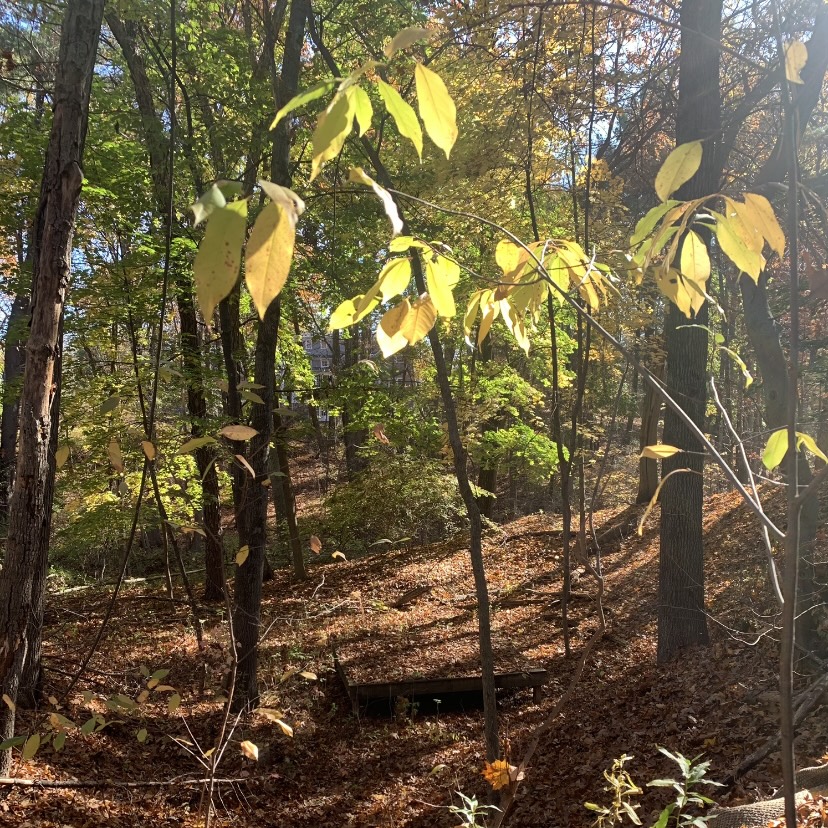Best Beeches in Andover!
While hiking on the picturesque Purdon Reservation last week with my mentors among the earthy tones of November, a few vibrant green-leaved trees managed to catch our attention. Late to receive the autumn color change message, these beautiful trees seemed to encompass the most vivid color in the surrounding area and illuminated a jarring contrast between the lively green versus the brown, sparse leaves on the other trees nearby. This inspired me to dig deeper in order to discover how these trees managed to miss the season change memo, and if this prolonged color was an anomaly or part of a previously persisting pattern.
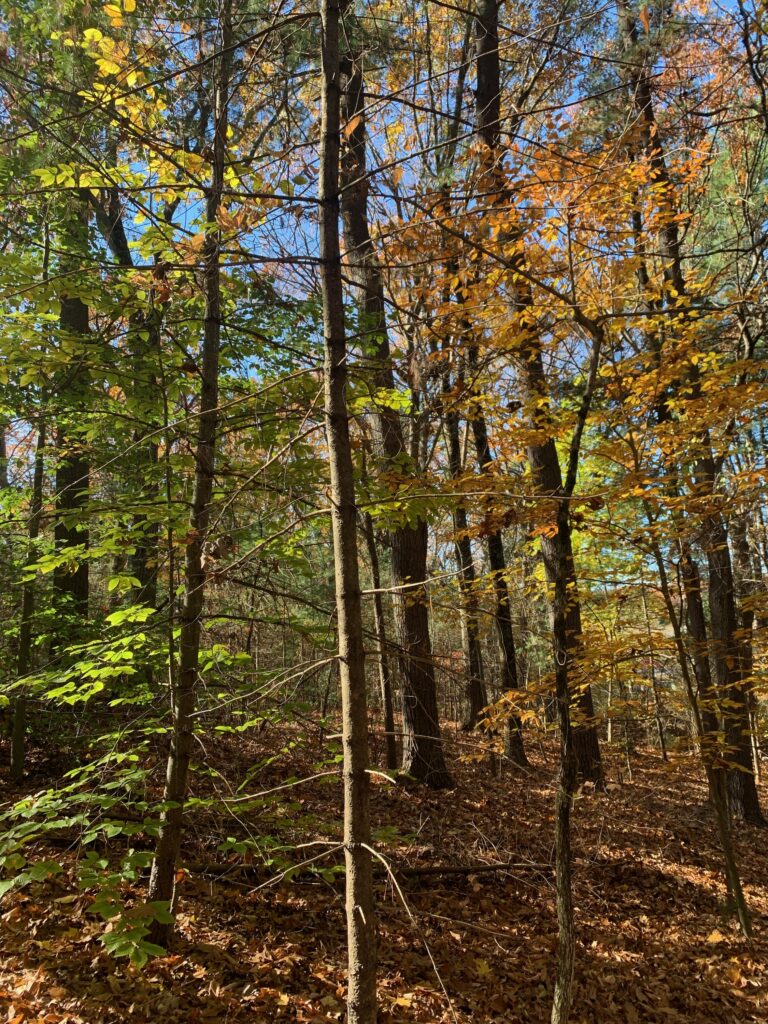
Upon further research, I found that it’s common for many non-native plants to have longer growing periods than native plants, which creates a competitive advantage. Many introduced plants are the first to green in the spring and retain their green color even when other plants around them are shutting down and fading to brown. This advantage is definitely a factor in the threats that non-native invasive plants pose towards native plants. Still, luckily the vibrant European beech trees don’t appear to be causing any harm with their lively leaves.
Because I find it quite fascinating to witness the subtle differences between the European and American beech trees throughout each season of the year, I’ll definitely be keeping an eye out for the smooth bark of Andover’s best beeches on my future hikes. Along the Purdon reservation specifically, there are many fascinating opportunities to observe European and American beech trees side-by-side and I invite anyone reading to either help me keep an eye out or simply to drive over to the Purdon reservation and remind a few beech trees what season it is!
For more information on the Purdon reservation:
https://avisandover.org/purdon.html
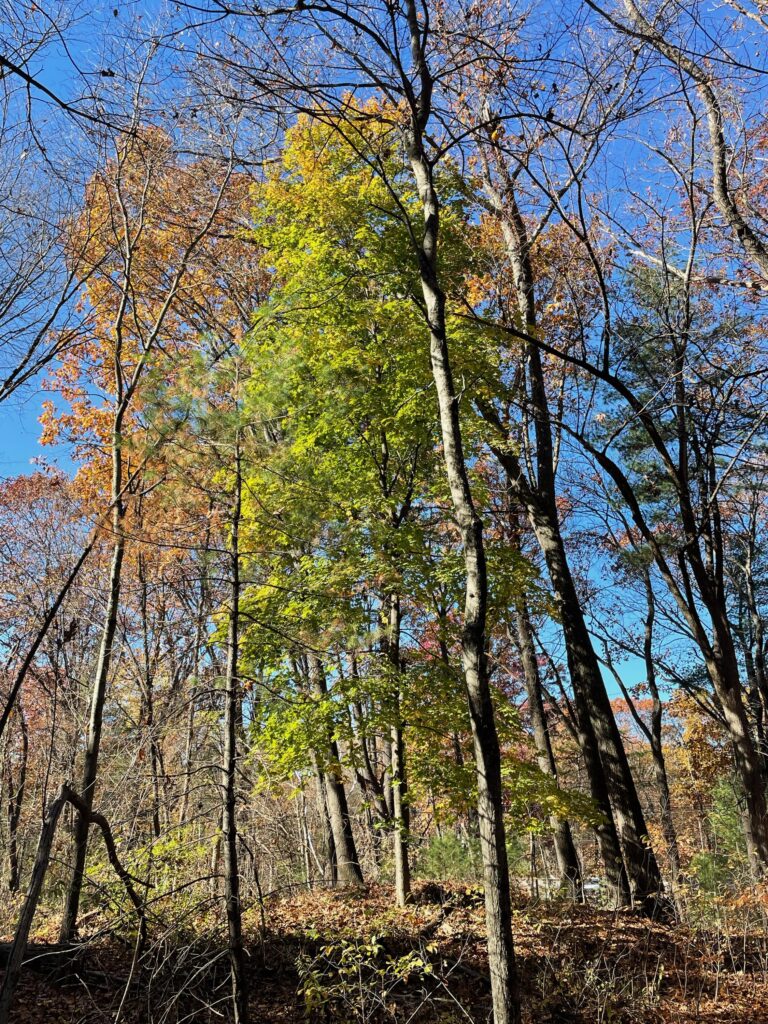
Vibrant green leaves of the European beech trees. 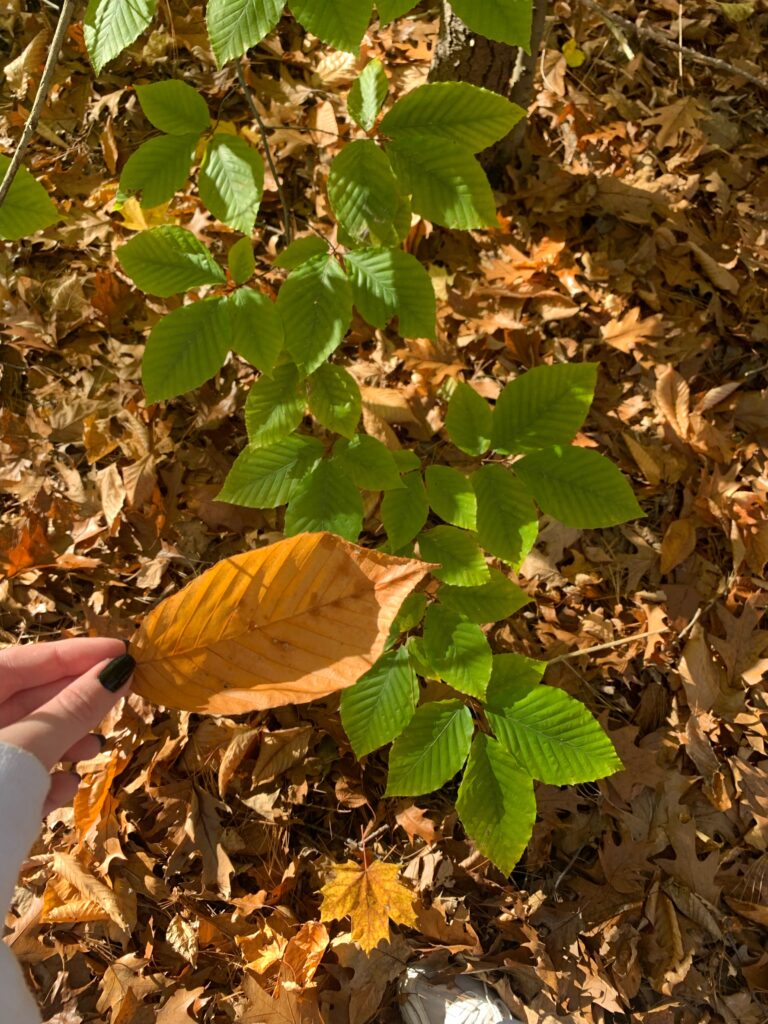
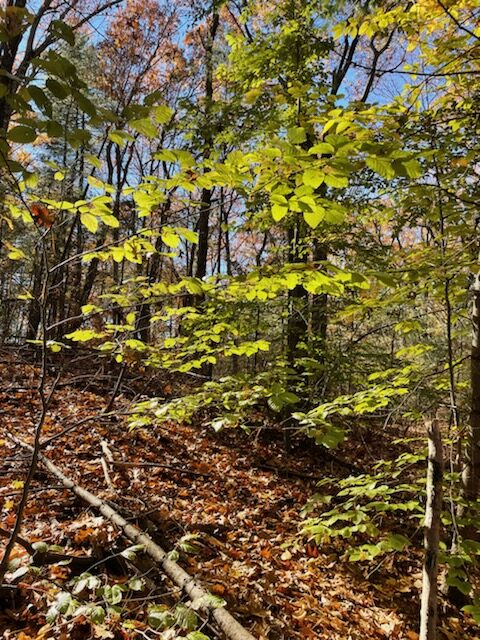
European Beech Tree Leaves 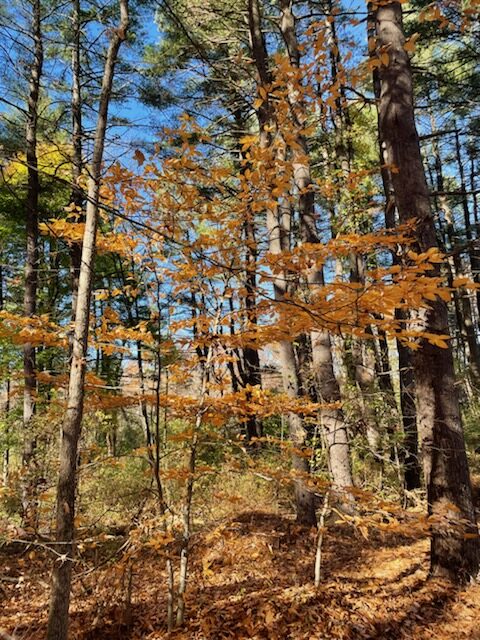
American Beech Tree Leaves 